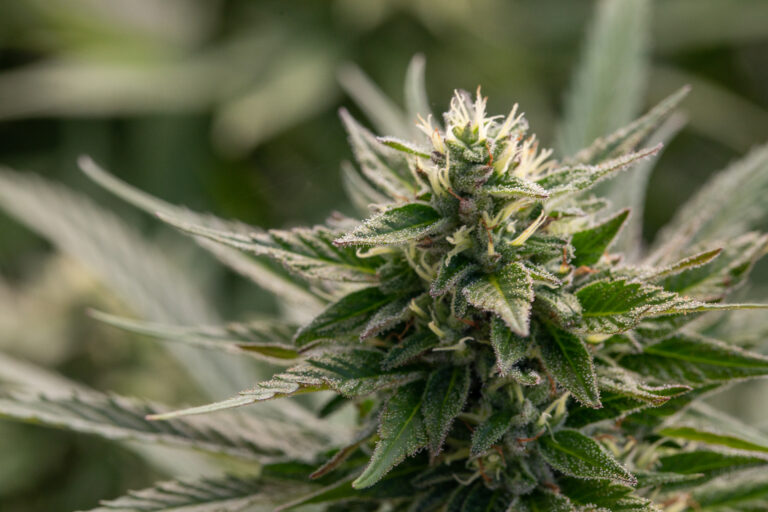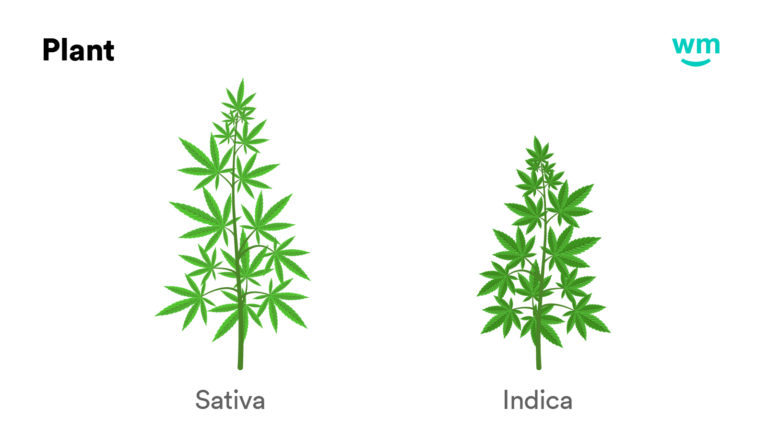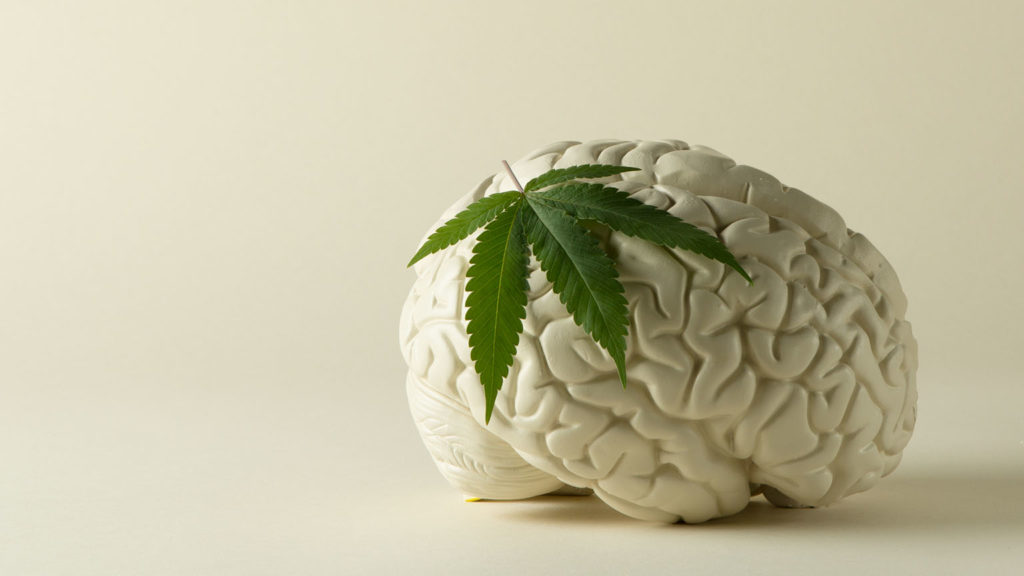Most dispensaries have a huge variety of strains on display, and choosing which to try can feel overwhelming. How do you know which one will work best for your body, metabolism, and other unique factors? Learn all about cannabis strains, their individual characteristics, and which ones are worth trying right now.
How did different cannabis strains develop?
First, a bit of cannabis history. Cannabis is thought to have originated in central Asia, but over time, the plant traveled around the world, where it was planted and cultivated. As years passed, these plants acclimated to their new environment, resulting in changes to their physical and chemical characteristics. These plants became known as landrace strains—also called cultivars.
 Photo by: Gina Coleman/Weedmaps
Photo by: Gina Coleman/WeedmapsImage lightbox

Growers started experimenting with landraces, crossbreeding different combinations of male and female plants to produce new strains and interesting effects. This experimentation gave birth to the ever-growing variety of cannabis plants in existence today, and we call the varieties strains.
Historically, cannabis has been cultivated mostly underground as a result of prohibition during the turn of the century. The cannabis plant was not able to be widely grown or studied, and the botanical classifications you may find for, say, tomatoes, are not as clearly documented and defined for cannabis.
What makes a cannabis strain unique?
There are a variety of elements that make up a strain's unique profile:
- Cannabinoid content: The cannabis plant contains a host of cannabinoids, chemical compounds that interact with the body's endocannabinoid system to produce a variety of effects. A strain's cannabinoid profile, or the concentration of cannabinoids like THC and CBD, is a key differentiating characteristic. For example, strains with high THC and little or no CBD are more intoxicating, while strains with a 2:1 CBD to THC ratio can be more relaxing and produce less of an intense or intoxicating high.
- Terpene content: Terpenes are molecules in the cannabis plant that not only produce flavor and aroma but also help support cannabinoids and other cannabis molecules in producing effects in both the body and the mind. The cannabis plant produces over 200 terpenes, and individual strains will have varying terpene profiles and concentrations. As such, strains can have different flavors, aromas, and effects.
- Environmental variables: Environmental variables during cultivation, like the nutrients in the soil, can affect both the terpene and cannabinoid profile, so the same cannabis grown in different environments could wind up as different strains.
Indica vs sativa vs hybrid
Cannabis strains are usually classified as indica, sativa, or hybrid. However, these terms are considered outdated, and what you've heard about them probably isn't accurate. For example, sativas produce an uplifting, cerebral high; indicas leave users more relaxed, mellow, and sleepy; and hybrids produce some combination of the two. Sound familiar?
The truth is, a strain's classification as indica, sativa, or hybrid isn't actually about any particular effects. It's about the physical characteristics and structure of the plant, which can be extremely helpful information for growers, but not so much for consumers.
 Photo by: Weedmaps
Photo by: WeedmapsImage lightbox

In terms of growing cannabis, the indica/sativa/hybrid classification is good to know. But when it comes to choosing the right strain of cannabis, it's much less important—despite most people thinking that the terms are used to describe a particular strain's cerebral effects.
How to decide which cannabis strain to try
There are a few criteria you'll want to consider when choosing a strain:
- Flavor and aroma: A strain's terpene profile can produce subtle or intense flavors and aromas. Depending on your personal preferences, you can choose a strain that provides that flavor and aroma at the intensity that seems appealing to you.
- Desired effects: Everyone reacts to cannabis differently, and there's no guarantee that a strain will produce any particular effect. You can, however, try strains with a cannabinoid and terpene profile that are likely to produce your desired effect. For example, if you want to experience intoxicating effects, it would make sense to go with something with a higher THC content. If you were looking for a more relaxing experience, you might try a strain containing linalool, a terpene reported to have stress-relieving properties.
- Potency: Depending on the concentration of cannabinoids, particularly THC, some strains are more potent than others, and the level of potency you're looking for can help you decide which strains to try. Looking for an intense high? Try something more potent. Looking for a less intense experience? Go with something less potent.
- Growing method: Some people prefer weed grown indoors or outdoors. If you're one of those people, you'll obviously want to try strains that align with your personal preference.
- Potential medical benefits: Depending on a strain's cannabinoid ratio or terpene profile, it could have a variety of possible medicinal properties. If you're thinking about using cannabis to treat a medical condition, talk to a medical professional to find out which strains might be helpful.
- Budget: There are strains at every price point, from wallet-friendly to high-end. If you have a particular budget in mind, that can definitely play into which cannabis strains you decide to try.
The importance of lab testing
Individual strains have many different characteristics. To effectively decide whether to try a strain, you need to know what those characteristics are, and that's where lab testing comes in. Any cannabis you buy in a legal dispensary is required to go through rigorous lab testing to determine both the cannabinoid and terpene profile of each particular strain. It also tests to make sure the plant doesn't contain harmful levels of pesticides, fungicides, or other chemicals, which can lead to health issues.
Not only does lab testing let you know what's in your strain, which can help you decide which strains to try, but it also lets you know that the cannabis you're consuming is safe, no matter what strain you decide to go with.
Bottom line
When it comes to choosing cannabis strains, there's no one-size-fits-all approach. The strains that other people love might fall flat for you (and vice versa). But now that you know the defining characteristics of each strain and how to evaluate them, you have the information you need to explore what's on the market and choose the strains that are right for you.
Written by Lesley Nickus | Featured image by Gina Coleman/Weedmaps




